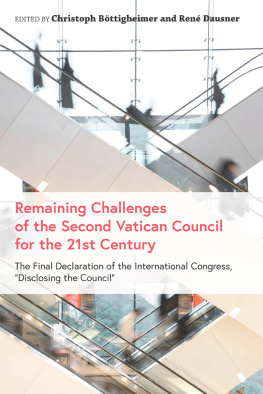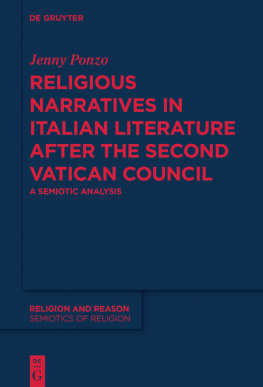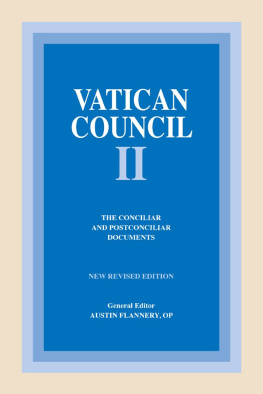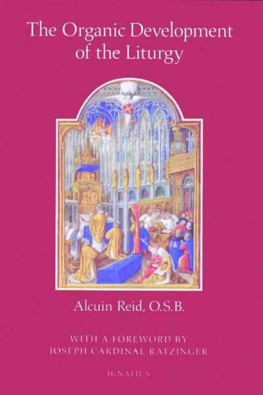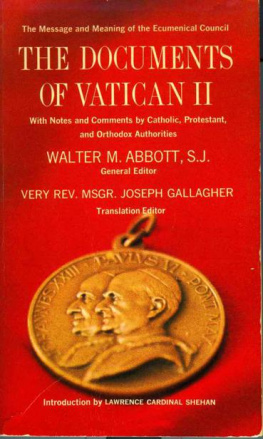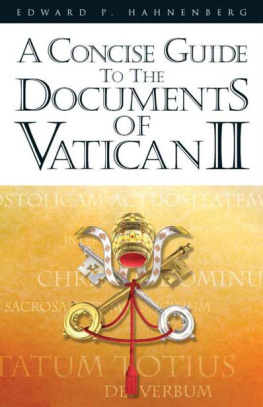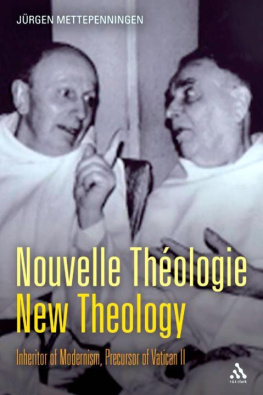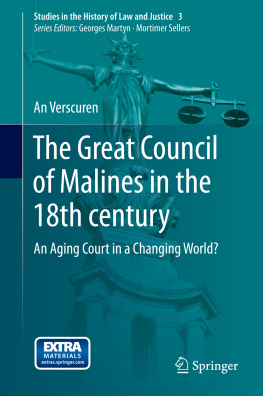

A Herder & Herder Book
The Crossroad Publishing Company
www.crossroadpublishing.com
2018 by Christoph Bttigheimer and Ren Dausner.
Crossroad, Herder & Herder, and the crossed C logo/colophon are registered trademarks of The Crossroad Publishing Company.
All rights reserved. No part of this book may be copied, scanned, reproduced in any way, or stored in a retrieval system, or transmitted, in any form or by any means, electronic, mechanical, photocopying, recording, or otherwise, without the written permission of The Crossroad Publishing Company. For permission please write to .
In continuation of our 200-year tradition of independent publishing, The Crossroad Publishing Company proudly offers a variety of books with strong, original voices and diverse perspectives. The viewpoints expressed in our books are not necessarily those of The Crossroad Publishing Company, any of its imprints or of its employees, executives, or owners. Although the author and publisher have made every effort to ensure that the information in this book was correct at press time, the author and publisher do not assume and hereby disclaim any liability to any party for any loss, damage, or disruption caused by errors or omissions, whether such errors or omissions result from negligence, accident, or any other cause. No claims are made or responsibility assumed for any health or other benefits.
The text of this book is set in 12/15 Adobe Garamond Pro.
Composition by Rachel Reiss
Cover design by Sophie Appel
Library of Congress Cataloging-in-Publication Data
available upon request from the Library of Congress.
ISBN 978-0-8245-9924-9 paperback
ISBN 978-0-8245-9923-2 cloth
ISBN 978-0-8245-9925-6 ePub
ISBN 978-0-8245-9926-3 mobi
Books published by The Crossroad Publishing Company may be purchased at special quantity discount rates for classes and institutional use. For information, please e-mail .
ACKNOWLEDGMENTS
The authors wish to give special thanks to the Pdagogische Stiftung Cassianeum, Donauwrth for their financial support of this project and for their endorsement of the text.
Dedicated to Cardinal Karl Lehmann (1936-2018),
Honorary President of the Congress
CONTENTS
Disclosing the Council has been the programmatic title of the International Congress held in Munich fifty years after the end of Vatican II. More than two hundred theologians have come together to discuss the outcome of the Council and its implications for Catholic theology and the Roman Catholic Church in the twenty-first century. One visible result of the congress is the final declaration that was published originally in German; subsequently, the text also was published in a French and a Spanish translation. We are delighted to be able to present the final declaration also in English. It is, therefore, a great honor to thank the publisher Crossroad / Herder & Herder, especially Mr. Chris Myers, for their excellent cooperation. Last but not least we express our appreciation and thanks to the foundation Pdagogische Stiftung Cassianeum for the financial subsidy that made this publication possible.
Eichsttt (Bavaria), 15 February 2017
Christoph Bttigheimer
Ren Dausner
On 8 December 1965, the Second Vatican Council solemnly concluded, yet fifty years later its reception is far from complete. It now enters a new phase. Until the election of Pope Francis in 2013 the discussion of the hermeneutics of the body of the conciliar texts was in full swing. The question of the authority of the Pastoral Council was a very low priority for some individual interpreters, and the spirit of the Council was variously described. The numerous national and international theological conferences and publications in the years 20122015 showed clearly that the Second Vatican Council has been understood by the overwhelming majority of theologians as an epochal event in the church, as a gift of the Spirit. In the past fifty years, however, political, societal, economic, technical, and other changes and processes have occurred that the Council could not have foreseen. Consequently, theology and the church are challenged today to extend the basic theological lines of the Second Vatican Council and in this context to look for future direction.
The title of the International Congress, which took place at the Catholic Academy of Bavaria at the very end of the fiftieth anniversary period from 6 to 8 December 2015, needs to be understood in this connection: Disclosing the Council, the title of the congress, sounds provocative and contentious. The congress did not set out to open up a comprehensive review of the body of texts of the Second Vatican Council in an entirely new way or to discover new aspects in any commentaries of the Council. The disclosing was understood to be forward-looking, and this in two respects.
On the one hand, the Second Vatican Council gave theology and the church leadership tasks that have indeed been addressed during the past fifty years but can in no way be regarded as accomplished to the full extent. For example, the following issues are still discussed in a controversial manner:
How do the Universal Church and the local churches relate to each other, and what implications follow from this for the theological status of national bishops conferences?
How can the primacy of the Catholic Church that was taught at the First Vatican Council be integrated into a communio-ecclesiology, and what ecumenical opportunities and implications arise as a result?
What is the theological relationship of the Catholic Church to non-Christian religions?
What are the potential opportunities for the dialogical understanding of revelation for a contextual theology?
The list could go on. All these questions were raised by the Council itself. Today, however, issues have arisen as a result of the discussions during the past fifty years of the Councils work as well as from those changes, events, and processes that the Council could not have foreseen.
On the other hand, the Council had for the first time opened itself up to a number of realities that had previously not been seriously considered. It opened itself up, for example, to the modern world and sought a dialogue with it. It was receptive to the ecumenical movement and acknowledged it. It appeared open-minded to non-Christian religions, acknowledging and valuing them theologically and seeking an exchange with them. It took on the legacy of the European Enlightenment and wrote a Declaration on Religious Liberty (Dignitatis humanae). These manifold openings issued in programs. As a result of the experience gained since the Council, however, and of the changed historical conditions of today, the following questions arise amongst others:
What are the consequences of confessing religious liberty and freedom of conscience for the churchs understanding of freedom and for the churchs structures and its relationship to the modern culture of freedom?
Starting from the commitment to the prophetic mission of the whole people of God and the sense of faith of all believers, to what extent do synodal and collegial structures belong to ecclesial life so that the involvement and participation of all are guaranteed?
How is the increasing social, ideological, and religious pluralism, which often degenerates into divisiveness and readiness for violence, to be addressed theologically in the dialogue with the world as well as with non-Christian religions?
What does the conciliar admission of a certain autonomy of science mean for theology and its relationship to the teaching office of the church?
Next page
